The First-Overall Pick And A Math Degree
Aside from John Buccigross's overly-excited reactions to the lottery ping pong balls coming out of the machine, I found myself wondering why the NHL opted to go to the four-ball method during their hour of NHL Draft Lottery coverage. There is a mathematical randomness that is baked into the four-ball method which is what everyone wants, but the actual broadcast of watching four ping pong balls being selected, repeated, posted to a graphic, and discussion about draft odds just seemed unnecessary. Let's look at the math involved, though.
As we saw, fourteen ping pong balls were dropped into the machine where they began randomly bouncing around as the timer was counted down from its 30-second starting point. These fourteen ping pong balls represent 1000 different four-ball numerical combinations that can be ascertained as the balls are drawn from the machine. With each team being assigned a specific number of combinations based on their finish during the NHL regular season, odds can be produced based on which numbers are being drawn and which numbers are needed for specific teams to be selected.
Based on the NHL standings, the San Jose Sharks had the most combinations (185/1000 combinations) assigned to them as they were the worst team in the NHL statistically this season. They were followed by the Chicago Blackhawks (135/1000) and Nashville Predators (115/1000). As teams finished higher in the standings, the number of combinations assigned to those teams would continue to decrease until all 1000 combinations had been filled. That's how teams got their four-digit combinations which can be viewed here.
As the balls were being drawn, we saw teams eliminated while others saw their odds increase when it came to moving up to the first-overall selections spot. A few teams wouldn't actually reach that coveted spot in the draft as the maximum number of spots that any team could increase its draft lottery spot was ten, so only eleven of the 16 teams in the draft had a shot at the first-overall selection. However, moving from sixteen to six, for example, would help the Calgary Flames potentially land a better prospect.
As we saw during tonight's drawing of the first three ping pong balls, only seven teams remained with a shot at the first-overall pick. That last ball determined the winner of the lottery based on the combinations, and we know the New York Islanders held the correct combination of 7-11-12-13 to give them the first-overall selection. Based on the askew draft board shown below, the final number could have pushed a number of teams into the first-overall spot.
With #13 being picked, the Islanders will now select in the first-overall spot for the fifth time in team history despite only having a 3.5% chance of landing in that spot. Utah saw their fortunes improve as well during the second-overall selection drawings as they moved up those ten spots from 14th-overall to fourth-overall, leaving San Jose to pick second-overall and Chicago to pick third-overall in this year's NHL Entry Draft. Winning the lottery matters!
So why the change? Well, the old process where the lottery outcome was done in advance under the supervision of a lottery technician, an accounting firm, and media witnesses led to conspiracy theories about how the NHL was rigging the lottery in favour of specific franchises. Those conspiracists voiced their thoughts loudly when Connor McDavid went to the Oilers and Connor Bedard went to the Blackhawks, so the process needed a change. Of course, when ESPN let it slip that Columbus had received the third-overall pick in 2023 before Bill Daly flipped the card over, that only made matters worse.
Did it make for good TV tonight? I can't say that it did, to be honest. I never bought into the conspiracy theories before, and I'm a firm believer that the worst team should get a shot at the picking the best player. For a league that loves parity, it seems counterpoint to give a team that finished at the .500 mark the opportunity to select best player in the draft. Watching Gary Bettman count each ball that was dropped into the machine like a Sesame Street bit was painful, and the enthusiasm that Buccigross had for the entire process felt forced.
I don't care if the NHL wants to record the entire process and post it on their website or to YouTube or some other video site to give everyone the proof they need to see in order to believe the results. I don't think airing the process on television made for riveting, can't-miss television at all, and pushing the Toronto-Florida game back by an hour accomplished nothing. Just give me the draft order with a link to how the results were obtained, and I'll be fine.
Congratulations to the New York Islanders on beating the odds and grabbing that first-overall pick this summer. That's an exciting time for the franchise, and it could be the start of something big on Long Island. What I didn't need tonight was the fanfare and television event over ping pong balls being chosen while needing the advanced math degree needed to understand how the lottery was designed.
Watching that all play out tonight with an overly-caffeinated John Buccigross, a monotoned Gary Bettman, and some NHL guy staring at a timer was as exciting as reading a math textbook for fun.
Until next time, keep your sticks on the ice!
As we saw, fourteen ping pong balls were dropped into the machine where they began randomly bouncing around as the timer was counted down from its 30-second starting point. These fourteen ping pong balls represent 1000 different four-ball numerical combinations that can be ascertained as the balls are drawn from the machine. With each team being assigned a specific number of combinations based on their finish during the NHL regular season, odds can be produced based on which numbers are being drawn and which numbers are needed for specific teams to be selected.
Based on the NHL standings, the San Jose Sharks had the most combinations (185/1000 combinations) assigned to them as they were the worst team in the NHL statistically this season. They were followed by the Chicago Blackhawks (135/1000) and Nashville Predators (115/1000). As teams finished higher in the standings, the number of combinations assigned to those teams would continue to decrease until all 1000 combinations had been filled. That's how teams got their four-digit combinations which can be viewed here.
As the balls were being drawn, we saw teams eliminated while others saw their odds increase when it came to moving up to the first-overall selections spot. A few teams wouldn't actually reach that coveted spot in the draft as the maximum number of spots that any team could increase its draft lottery spot was ten, so only eleven of the 16 teams in the draft had a shot at the first-overall selection. However, moving from sixteen to six, for example, would help the Calgary Flames potentially land a better prospect.
As we saw during tonight's drawing of the first three ping pong balls, only seven teams remained with a shot at the first-overall pick. That last ball determined the winner of the lottery based on the combinations, and we know the New York Islanders held the correct combination of 7-11-12-13 to give them the first-overall selection. Based on the askew draft board shown below, the final number could have pushed a number of teams into the first-overall spot.
With #13 being picked, the Islanders will now select in the first-overall spot for the fifth time in team history despite only having a 3.5% chance of landing in that spot. Utah saw their fortunes improve as well during the second-overall selection drawings as they moved up those ten spots from 14th-overall to fourth-overall, leaving San Jose to pick second-overall and Chicago to pick third-overall in this year's NHL Entry Draft. Winning the lottery matters!
So why the change? Well, the old process where the lottery outcome was done in advance under the supervision of a lottery technician, an accounting firm, and media witnesses led to conspiracy theories about how the NHL was rigging the lottery in favour of specific franchises. Those conspiracists voiced their thoughts loudly when Connor McDavid went to the Oilers and Connor Bedard went to the Blackhawks, so the process needed a change. Of course, when ESPN let it slip that Columbus had received the third-overall pick in 2023 before Bill Daly flipped the card over, that only made matters worse.
Did it make for good TV tonight? I can't say that it did, to be honest. I never bought into the conspiracy theories before, and I'm a firm believer that the worst team should get a shot at the picking the best player. For a league that loves parity, it seems counterpoint to give a team that finished at the .500 mark the opportunity to select best player in the draft. Watching Gary Bettman count each ball that was dropped into the machine like a Sesame Street bit was painful, and the enthusiasm that Buccigross had for the entire process felt forced.
I don't care if the NHL wants to record the entire process and post it on their website or to YouTube or some other video site to give everyone the proof they need to see in order to believe the results. I don't think airing the process on television made for riveting, can't-miss television at all, and pushing the Toronto-Florida game back by an hour accomplished nothing. Just give me the draft order with a link to how the results were obtained, and I'll be fine.
Congratulations to the New York Islanders on beating the odds and grabbing that first-overall pick this summer. That's an exciting time for the franchise, and it could be the start of something big on Long Island. What I didn't need tonight was the fanfare and television event over ping pong balls being chosen while needing the advanced math degree needed to understand how the lottery was designed.
Watching that all play out tonight with an overly-caffeinated John Buccigross, a monotoned Gary Bettman, and some NHL guy staring at a timer was as exciting as reading a math textbook for fun.
Until next time, keep your sticks on the ice!

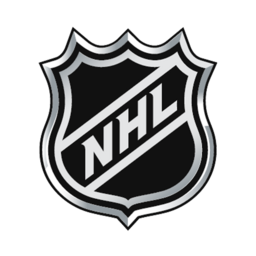
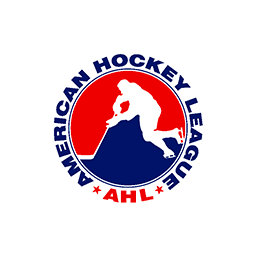
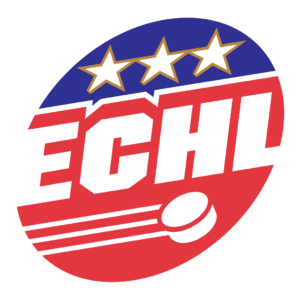
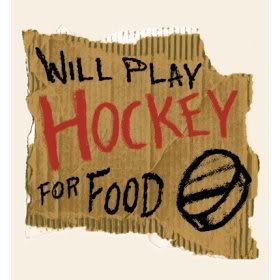

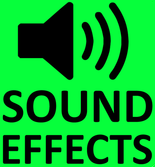





No comments:
Post a Comment